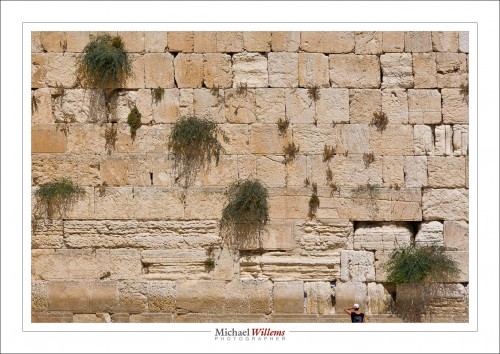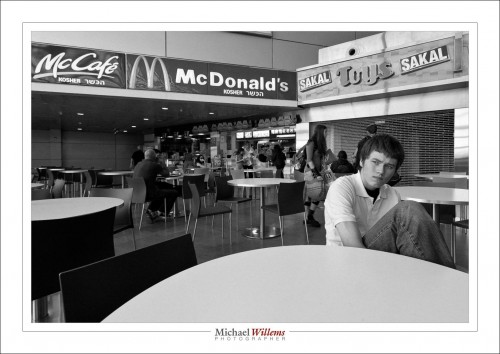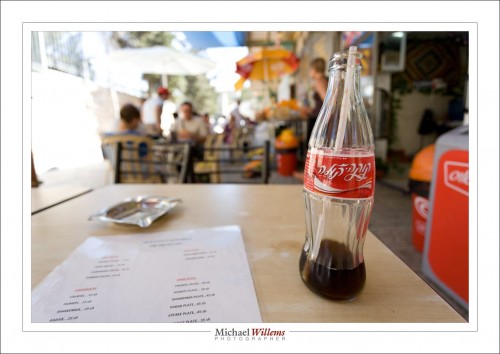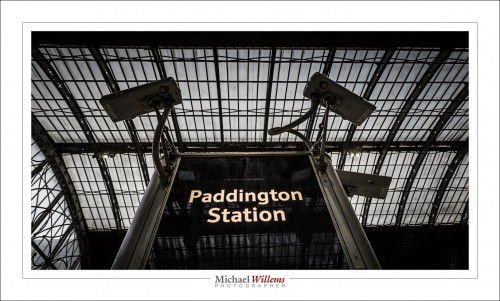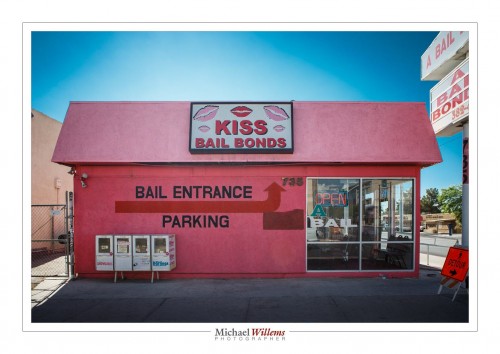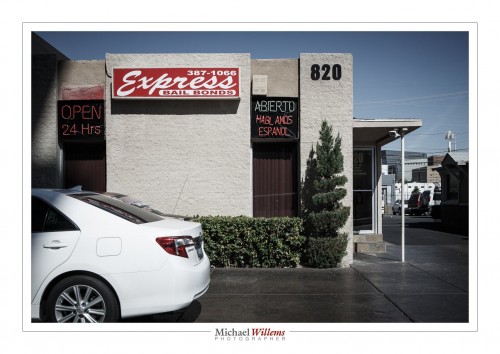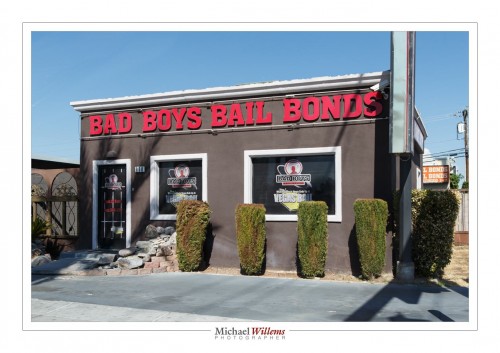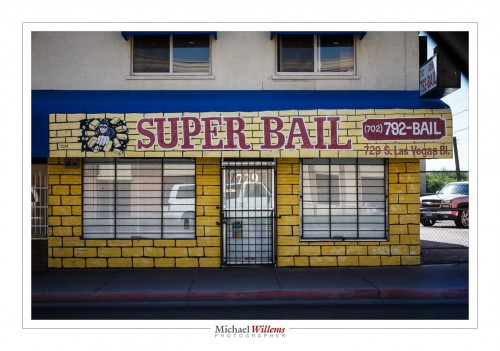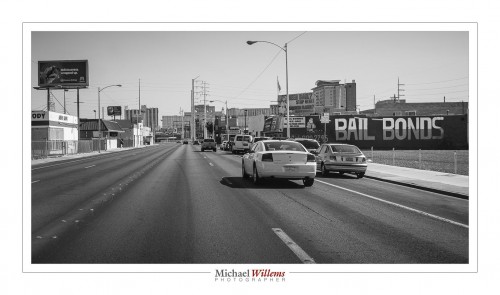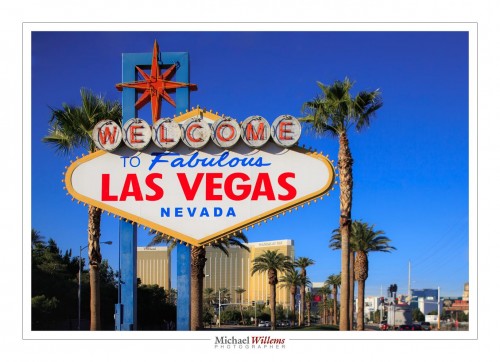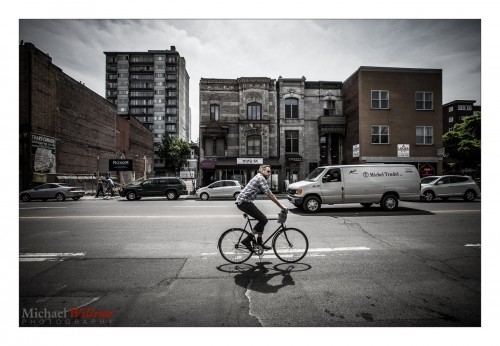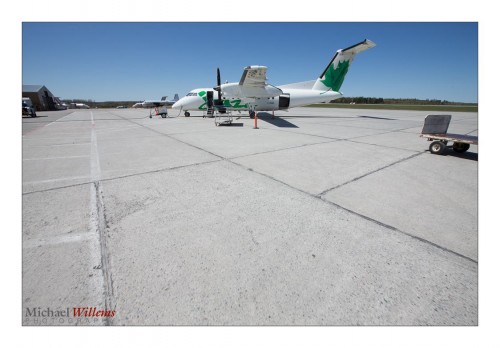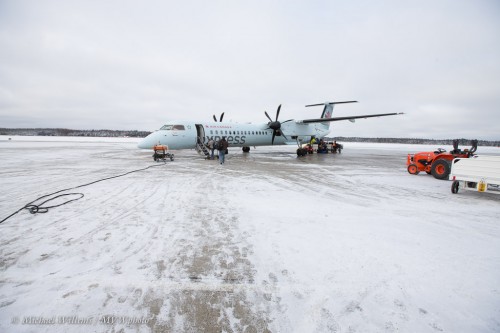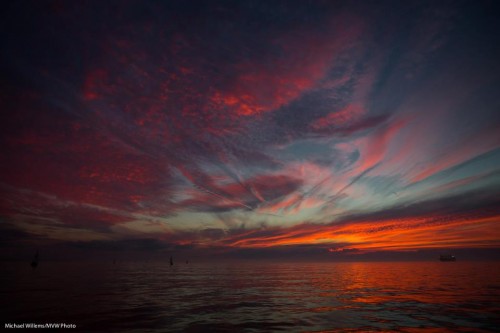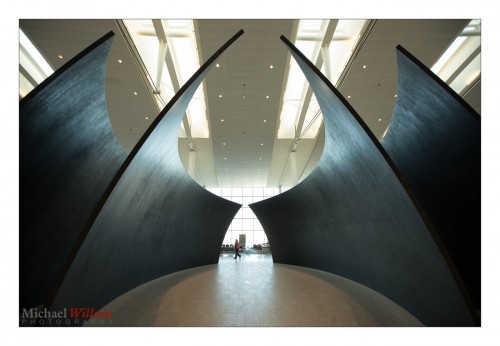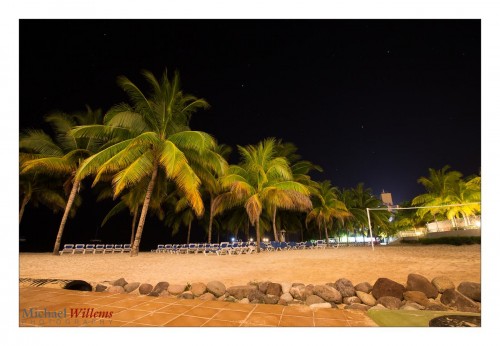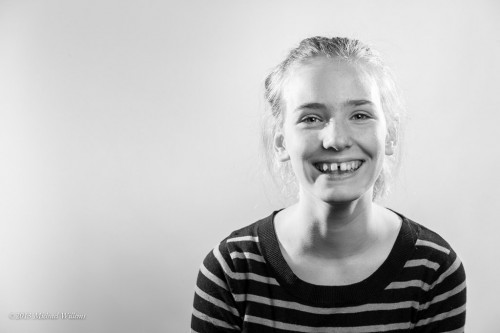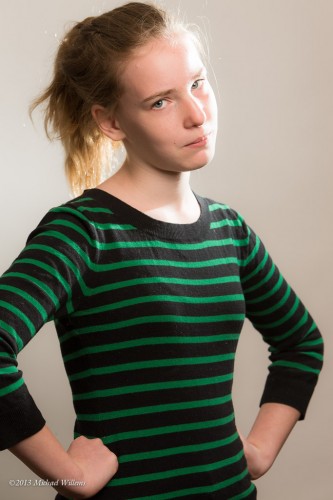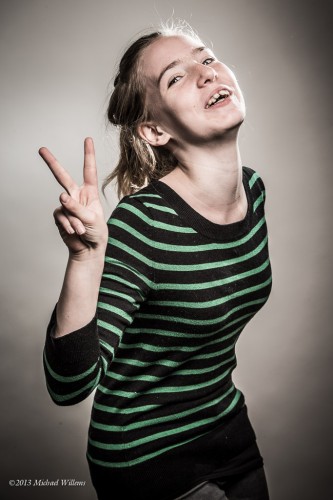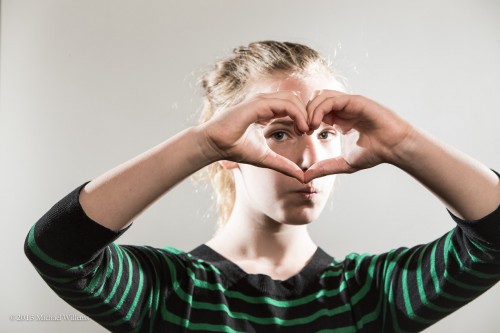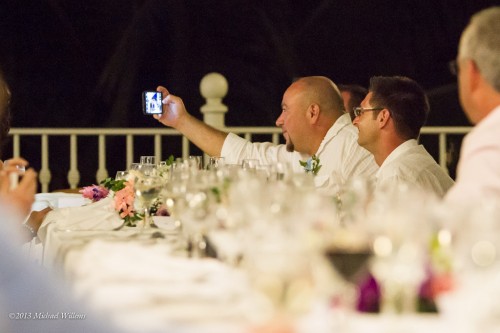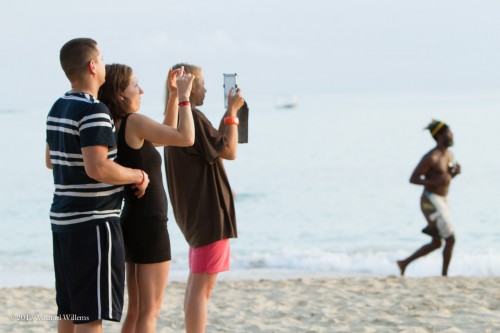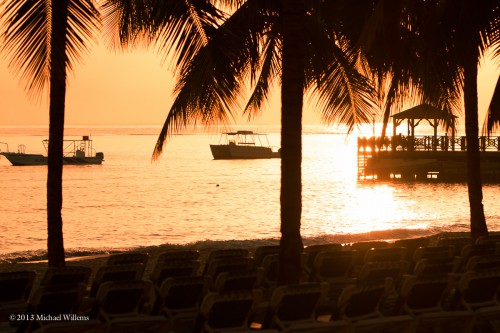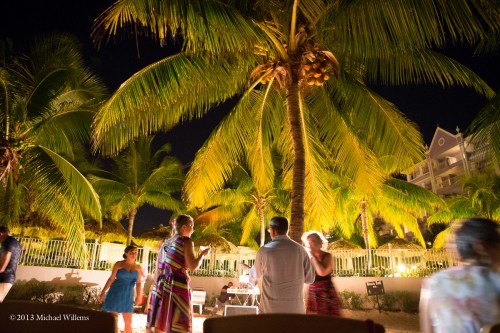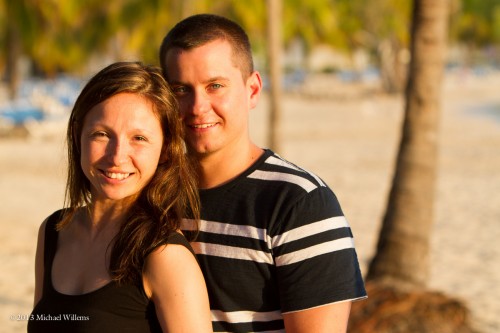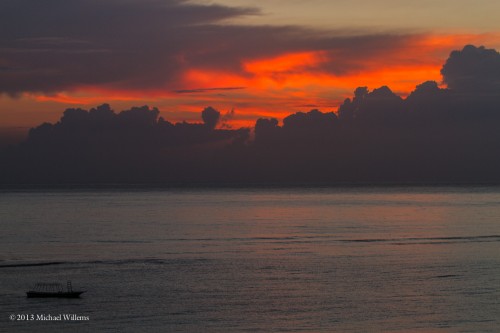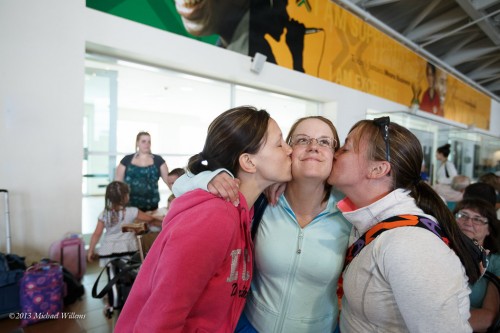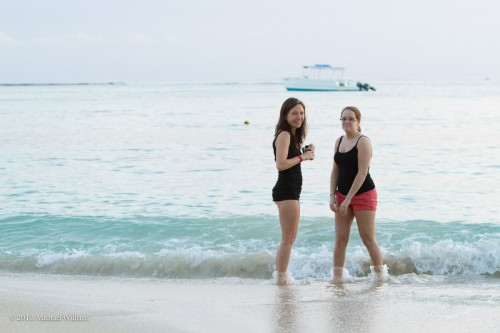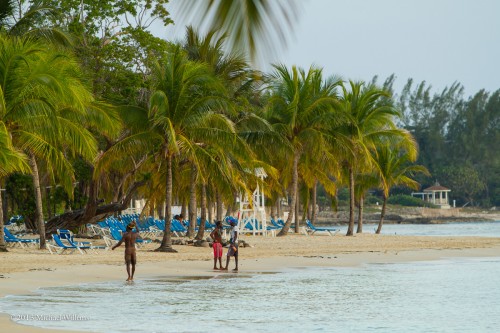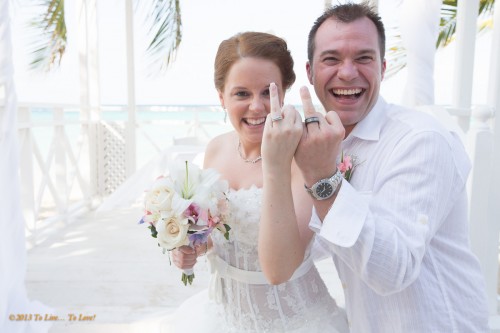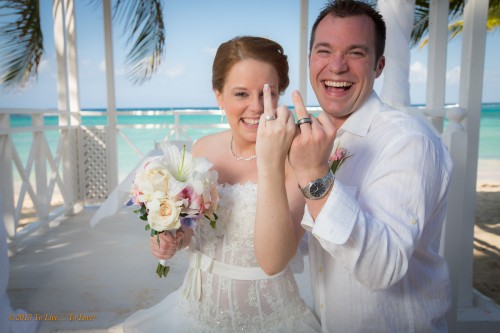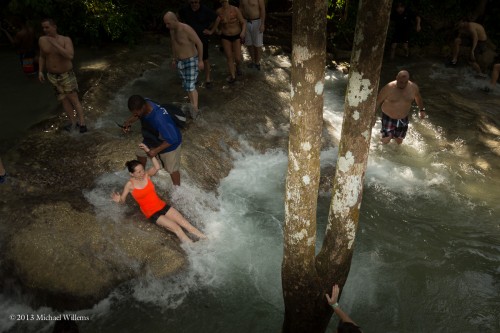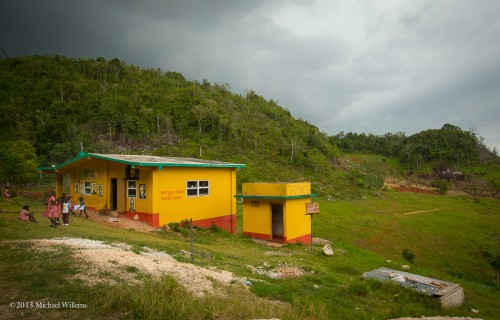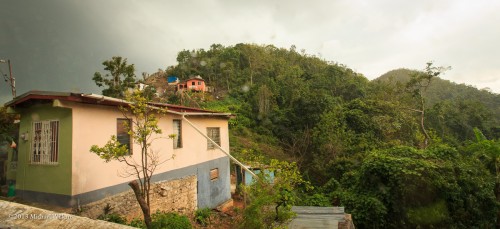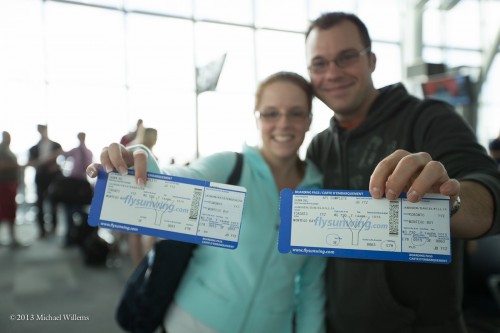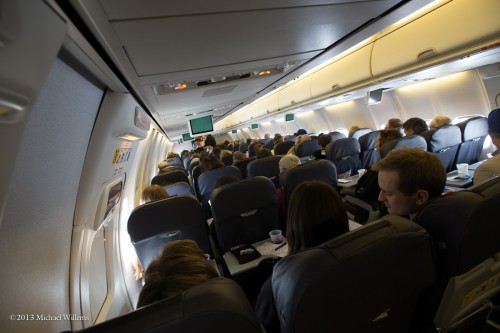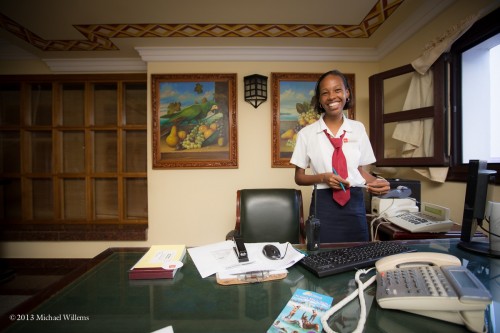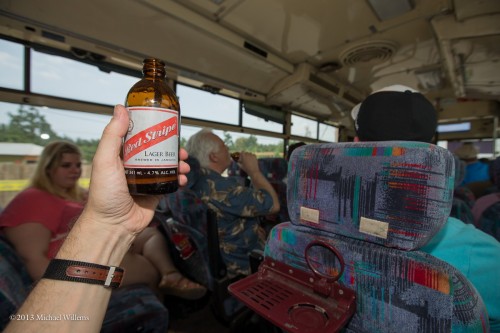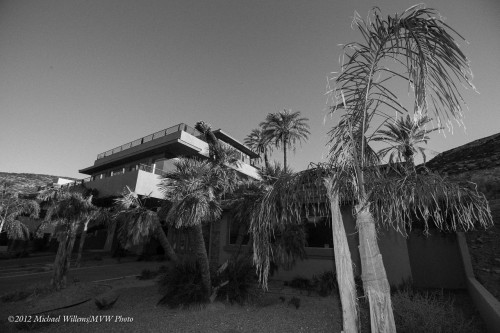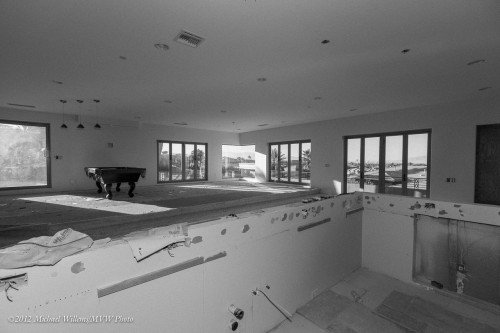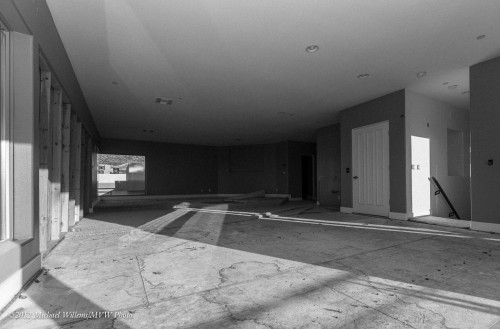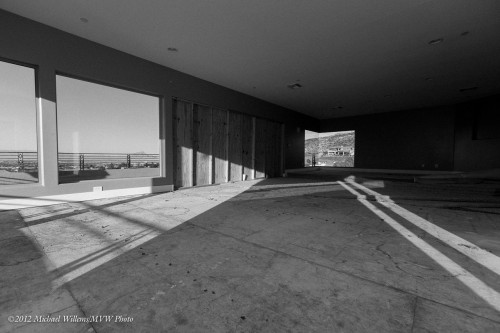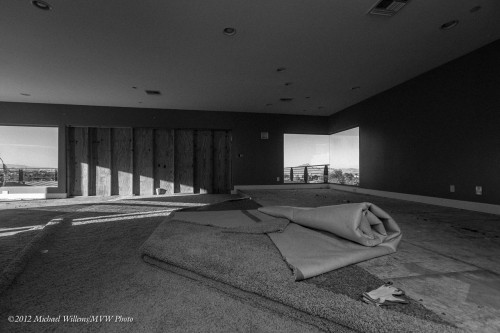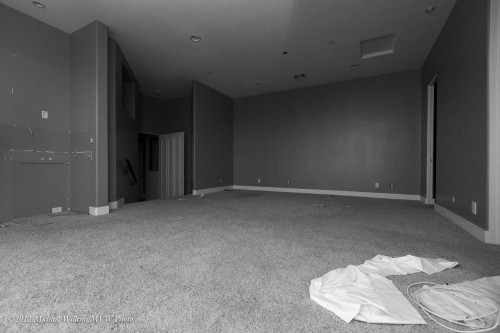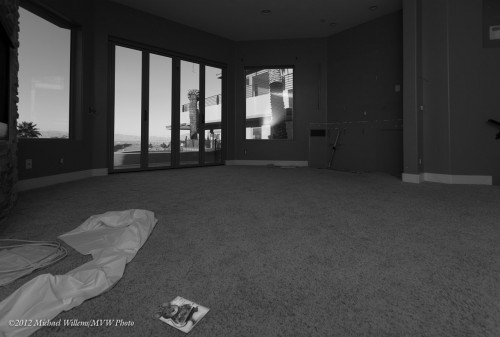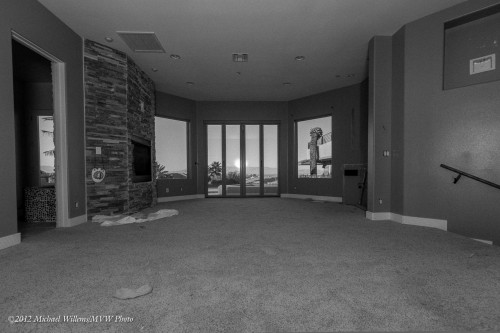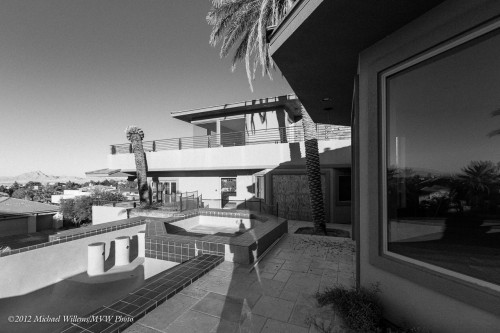Today, just a few old images. Why? Because I am printing, for an art council awards ceremony on October 10, where I will be selling some of them.
But since this is an educational blog, let me add at least a couple of words of explanation to the shots.
Julius Caesar (not “Ceasar”!) at the British Museum in London:
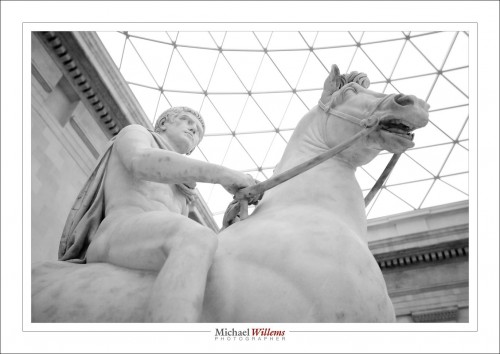
I got close and aimed up in order to get rid of distractions.
That takes us to Rome and the Pantheon:
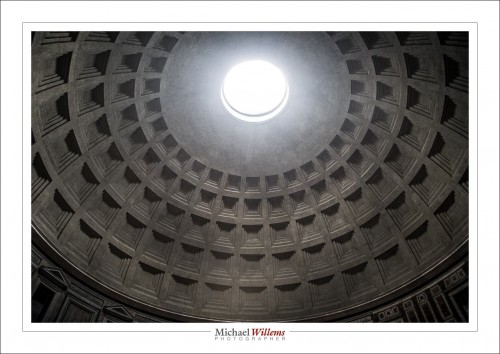
I laid down on the floor to get the shot. I do not care what I look like.
And since we are under Rome’s domes… to the next one:
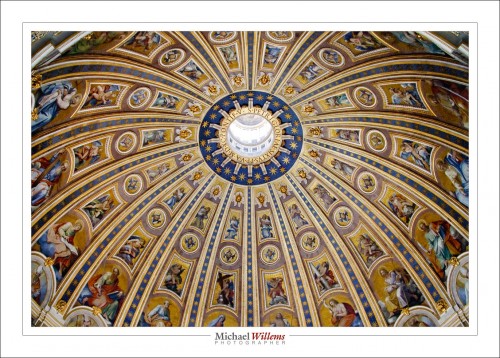
St Peter’s Basilica’s dome. High ISO, since no flash is allowed, of course. And best shot from the gallery half way up the dome. A lineup, but worth it.
Off to Sweden: Stockholm; old Stockholm to be precise (“Gamla Stan”):
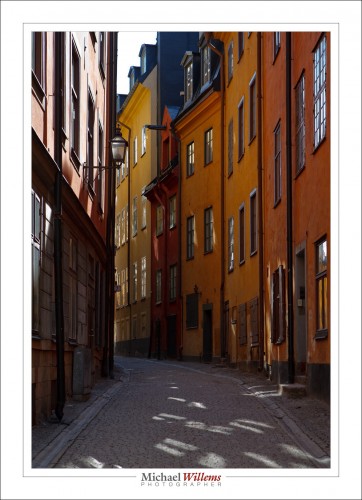
The thing here is to balance light in the dark street with the sky and reflected skylight. perhaps bracket. And to wait for the street to be empty.
Not empty: the royal palace and its guards.
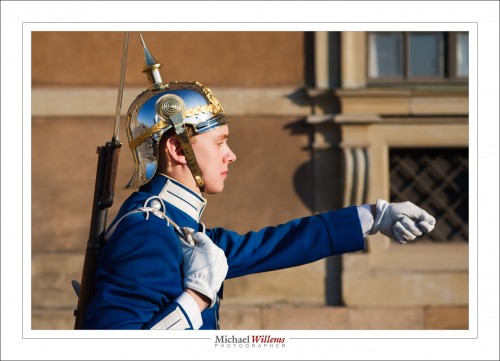
Here, the trick was to get close enough to crop out other tourists, cars, etc, and yet not to be bayonetted. And – to get the right light (onto his face, with the sky in his helmet).
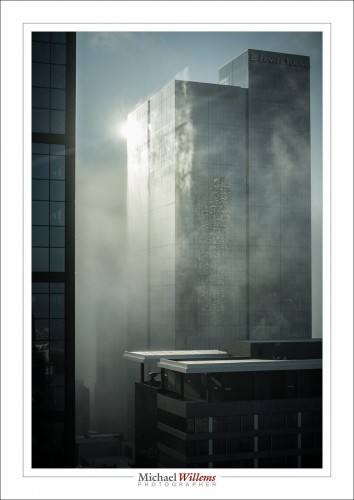
ZAP! We are in Melbourne, Australia, and the backlit morning fog is dancing around the city’s tall buildings. All I had to do is avoid flare (remove any filters, beware of window reflections) and expose accurately.
Not -zap – we are in New York, at the Chelsea Hotel:
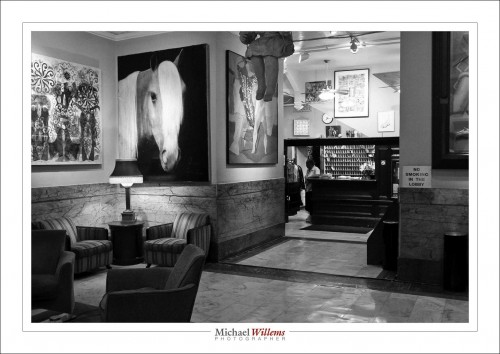
That calls out for B/W, as does the reception desk:
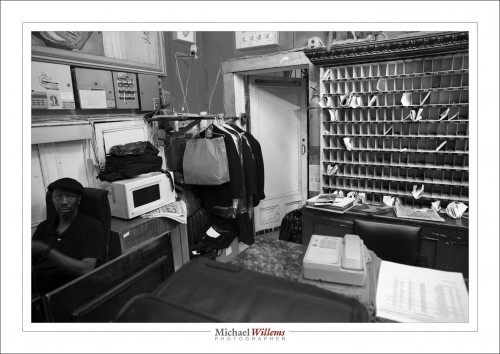
Nothing to do except high ISO, snap, and leave before being challenged. Either that or just ask for permission.
And one final ZAP – back to London, where Big Brother watches:
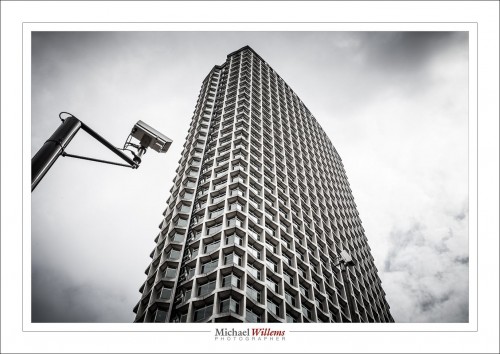
And to leave just as the cameras swing towards you (yes, they do – eerie).
That was a quick world tour, wasn’t it? And that is what photography does: take you to different worlds. Take you back there long after you were there. Time travel. If I can perhaps paraphrase Mad Men’s Don Draper:
Your camera isn’t a camera, it’s a time machine. It goes backwards, forwards. It takes us to a place where we ache to go again.
Word.











